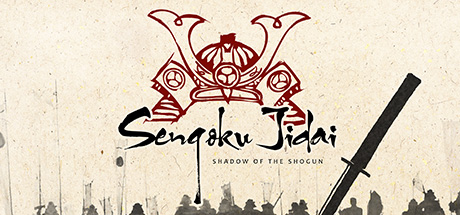Published on April 27, 2016
Japan and its clans
Japan in the 16th century was a politically fractured reality: the Sengoku Jidai period (Warring States Era) was a period of civil war in Japan from 1467 to 1600. During that time, the Emperor of Japan was only a religious and ceremonial figure who delegated power to the Shōgun, the military governor of Japan. The era began with the Ōnin War (1467-1477) where a dispute between potential heirs to the Ashikaga Shogunate led to a civil war involving several daimyō and the destruction of Kyoto. Since then, the authority of the Shogunate had diminished while the daimyo increased their authority over their fiefs and fought against each other to expand their realms.
The era brought about the rise and fall of several prominent clans. Old families like the Imagawa and Hōjō would be eliminated. Some families would break away from their old masters and forge a path of their own, like the Tokugawa. The Takeda family, hailing from an agriculturally poor province, dominated central Japan through exploitation of their gold mines, and employed cunning military and political strategies against their neighbours. Peasants could become lords and make a name for themselves, like the Toyotomi.

To read the whole preview, read the thread here







